Yaki Udon (焼うどん) is a tasty and comforting Japanese stir-fried noodle dish. This article shares what makes this dish special, how it came from creative cooking after the war, and why many loved this in Japan today. You’ll learn the simple but interesting story behind this dish and get a better feel for the variety in Japanese food culture.
What is Yaki Udon?
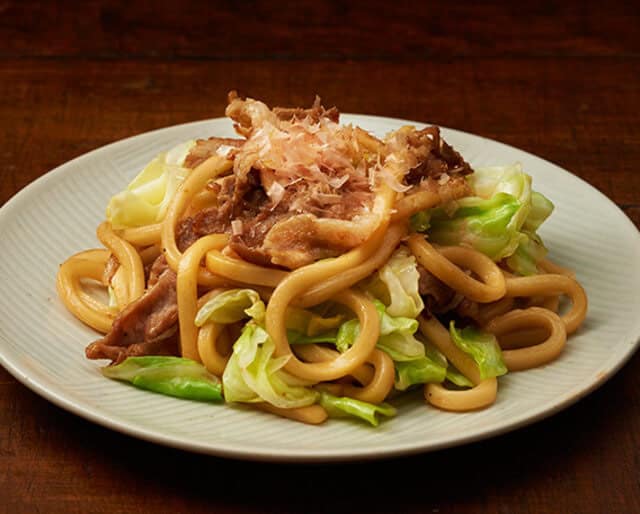
Yaki Udon is a flavorful stir-fried dish centered around thick, chewy udon noodles. It stands out as a local specialty, originating from Kokura in Kitakyushu City, Fukuoka Prefecture, Japan. Hence, the dish is popular by the satisfying texture of its plump noodles, coated in a rich, savory sauce.
Commonly, Yakiudon features classic ingredients such as tender cabbage and juicy pork belly. However, the dish is quite versatile; locals often recommend carrots and bean sprouts additions, and cooks can also include seafood like peeled shrimp and squid, or various mushrooms. The distinct flavor of Yakiudon comes from its essential seasonings, which typically include Chuno sauce (a Japanese Worcestershire-style sauce), mirin (sweet rice wine), and soy sauce, all stir-fried with salad oil.
Origin of Yaki Udon
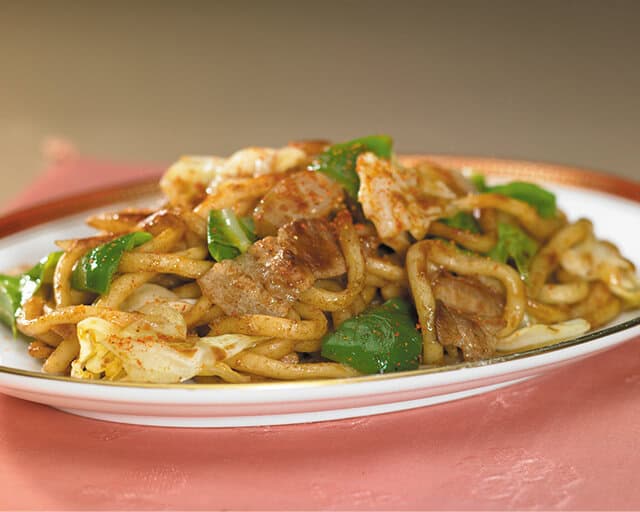
The creation of Yaki Udon is a testament to culinary ingenuity born from necessity. The dish came into existence around 1945 in Kokura, Kitakyushu, shortly after the end of World War II. During this period, food shortages were common. The owner of a restaurant named “Darumado,” located in Torimachi Food Street, found himself unable to acquire the soba noodles typically used for yakisoba, a popular stir-fried noodle dish.
Faced with this challenge, the owner innovated by substituting the unavailable soba noodles with boiled dried udon noodles. This improvised dish met with great approval from customers, marking the unexpected beginning of Yaki Udon. A key characteristic of the original Yakiudon, which distinguishes it from the more common household versions made with pre-boiled noodles, is the use of dried udon noodles (乾麺).
October 14th is Yakiudon Day!
The significance of Yaki Udon to its place of origin is further emphasized by dedicated efforts to preserve and promote its heritage. The “Kokura Yaki Udon Research Institute” actively works to advance the Kokura origin theory and organizes various events to celebrate the dish. In 2002, following a special Udon Battle event in Kokura, the Institute designated October 14th as “Yaki Udon Day”.
Conclusion
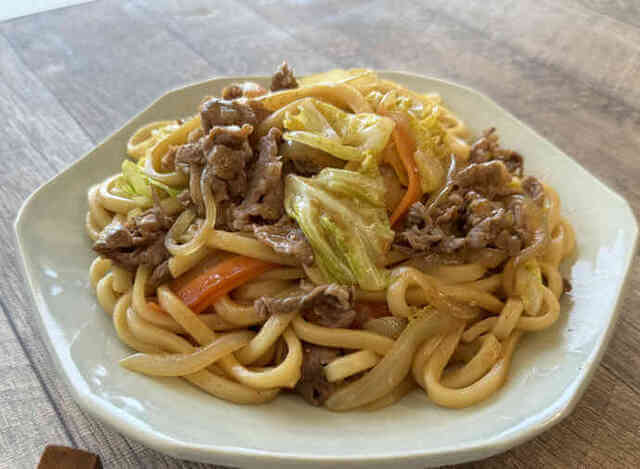
Yaki Udon stands as a comforting and versatile dish, its chewy noodles, rich sauce, and adaptable ingredients have secured its place as a beloved part of Japanese cuisine. The dish’s journey from a post-war improvisation to a celebrated local specialty, actively promoted by its community, showcases the dynamic nature of food culture.
For those who enjoy this kind of dish and wish to explore similar flavors, there are several other Japanese stir-fry or noodle dishes worth trying. So, consider sampling Yakisoba, Okonomiyaki, and Takoyaki to continue your culinary adventure through Japan’s savory comfort foods.

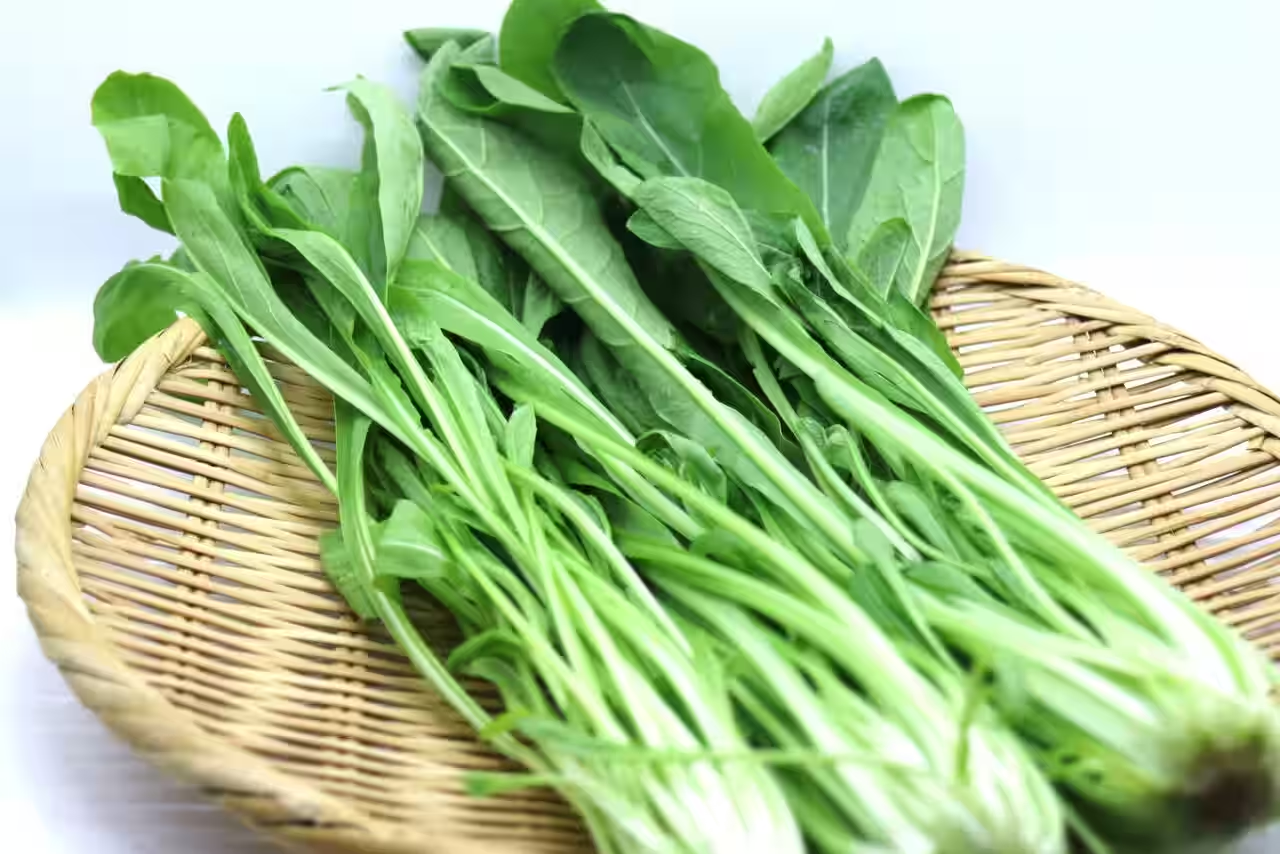
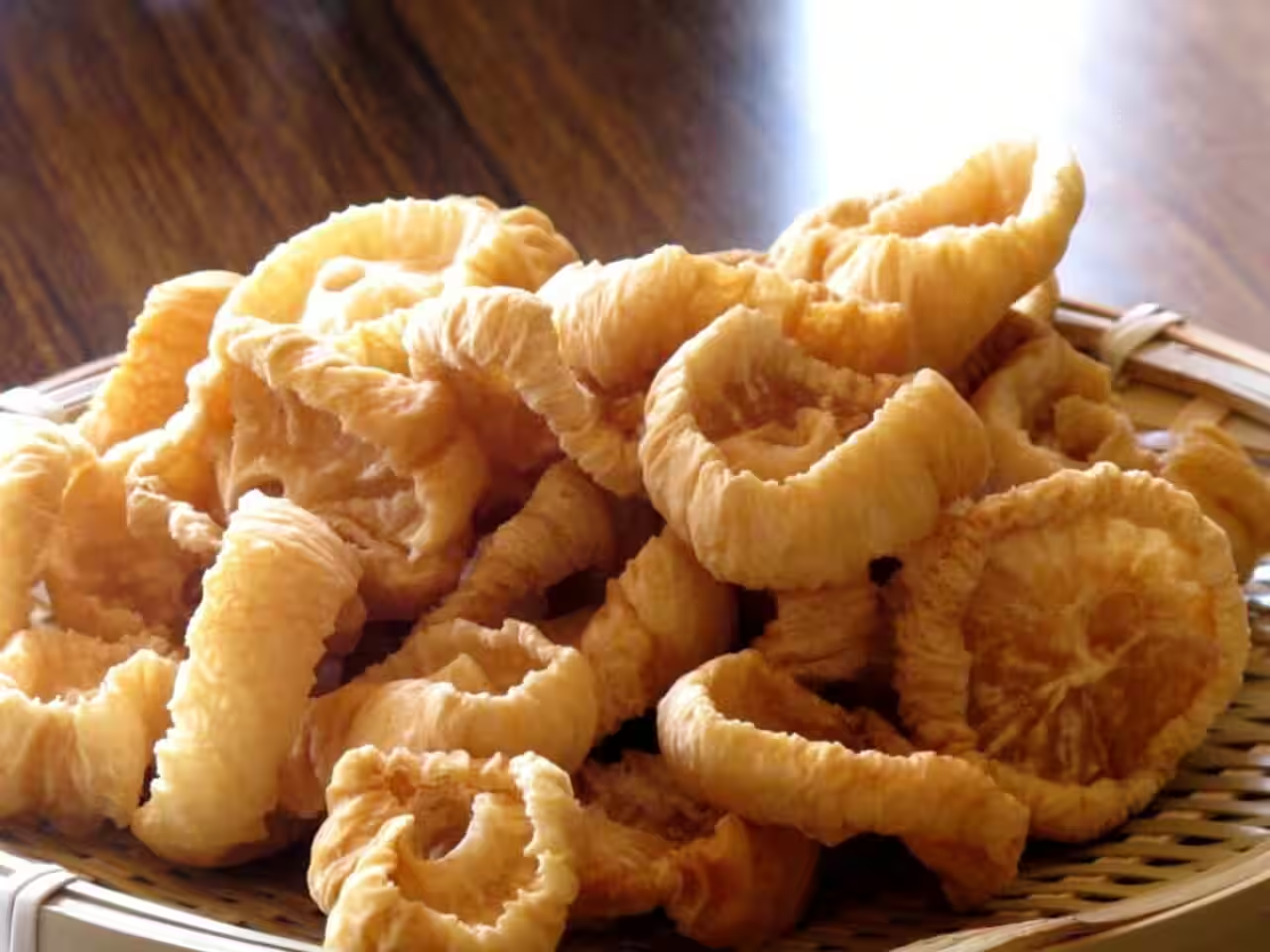
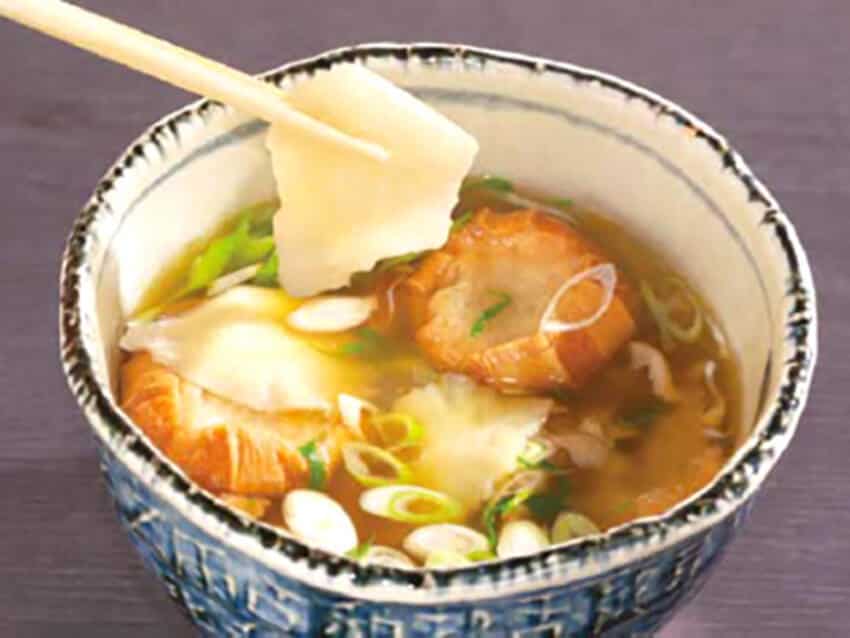


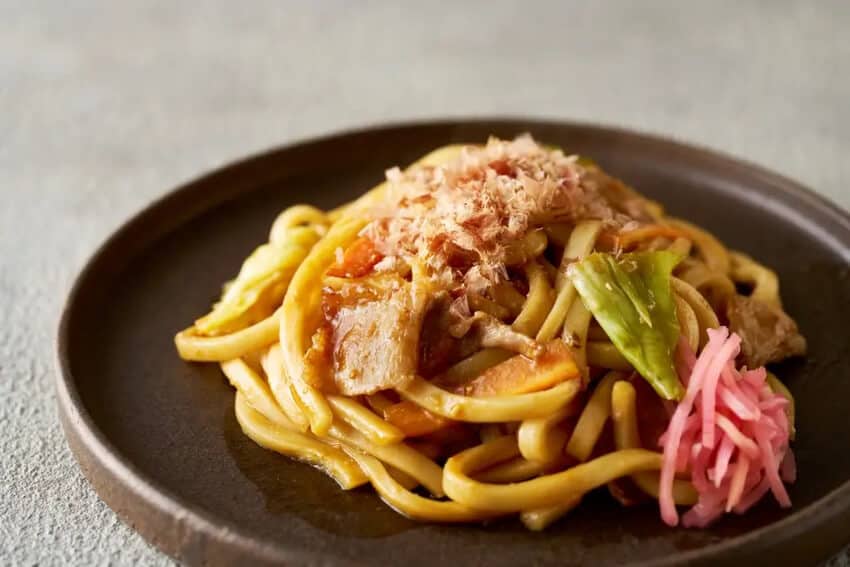

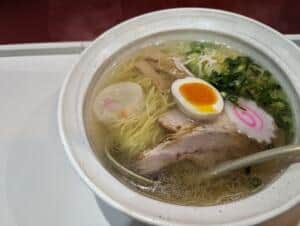


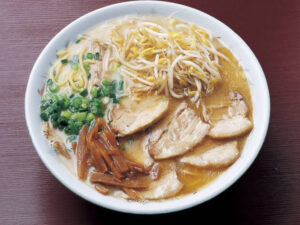
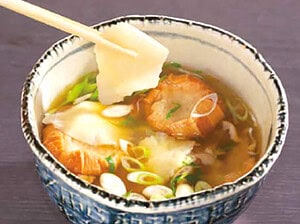
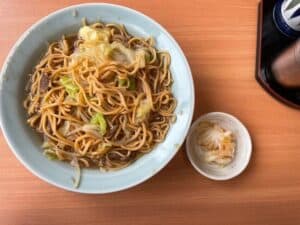
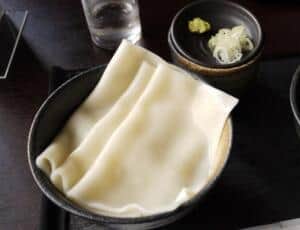
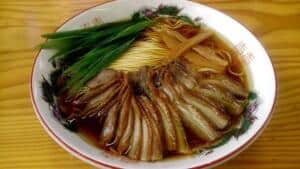
Comments